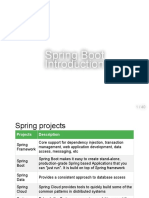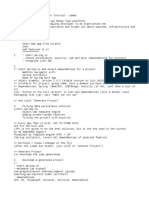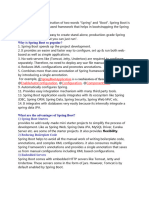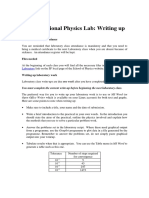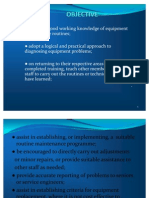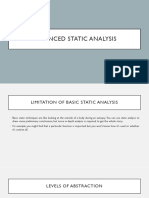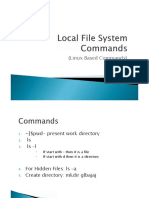0% found this document useful (0 votes)
35 views24 pagesSpring Boot Fundamentals
The document outlines a workshop on Spring and Spring Boot, covering key topics such as Dependency Injection, REST basics, Spring Boot application setup, and microservice architecture. It includes detailed sessions on building a RESTful CRUD application, configuring properties for different databases, and implementing logging and exception handling. Additionally, it discusses Spring Boot features like auto-configuration, actuator, and documentation using OpenAPI 3.0.
Uploaded by
SureshCopyright
© © All Rights Reserved
We take content rights seriously. If you suspect this is your content, claim it here.
Available Formats
Download as TXT, PDF, TXT or read online on Scribd
0% found this document useful (0 votes)
35 views24 pagesSpring Boot Fundamentals
The document outlines a workshop on Spring and Spring Boot, covering key topics such as Dependency Injection, REST basics, Spring Boot application setup, and microservice architecture. It includes detailed sessions on building a RESTful CRUD application, configuring properties for different databases, and implementing logging and exception handling. Additionally, it discusses Spring Boot features like auto-configuration, actuator, and documentation using OpenAPI 3.0.
Uploaded by
SureshCopyright
© © All Rights Reserved
We take content rights seriously. If you suspect this is your content, claim it here.
Available Formats
Download as TXT, PDF, TXT or read online on Scribd
/ 24














